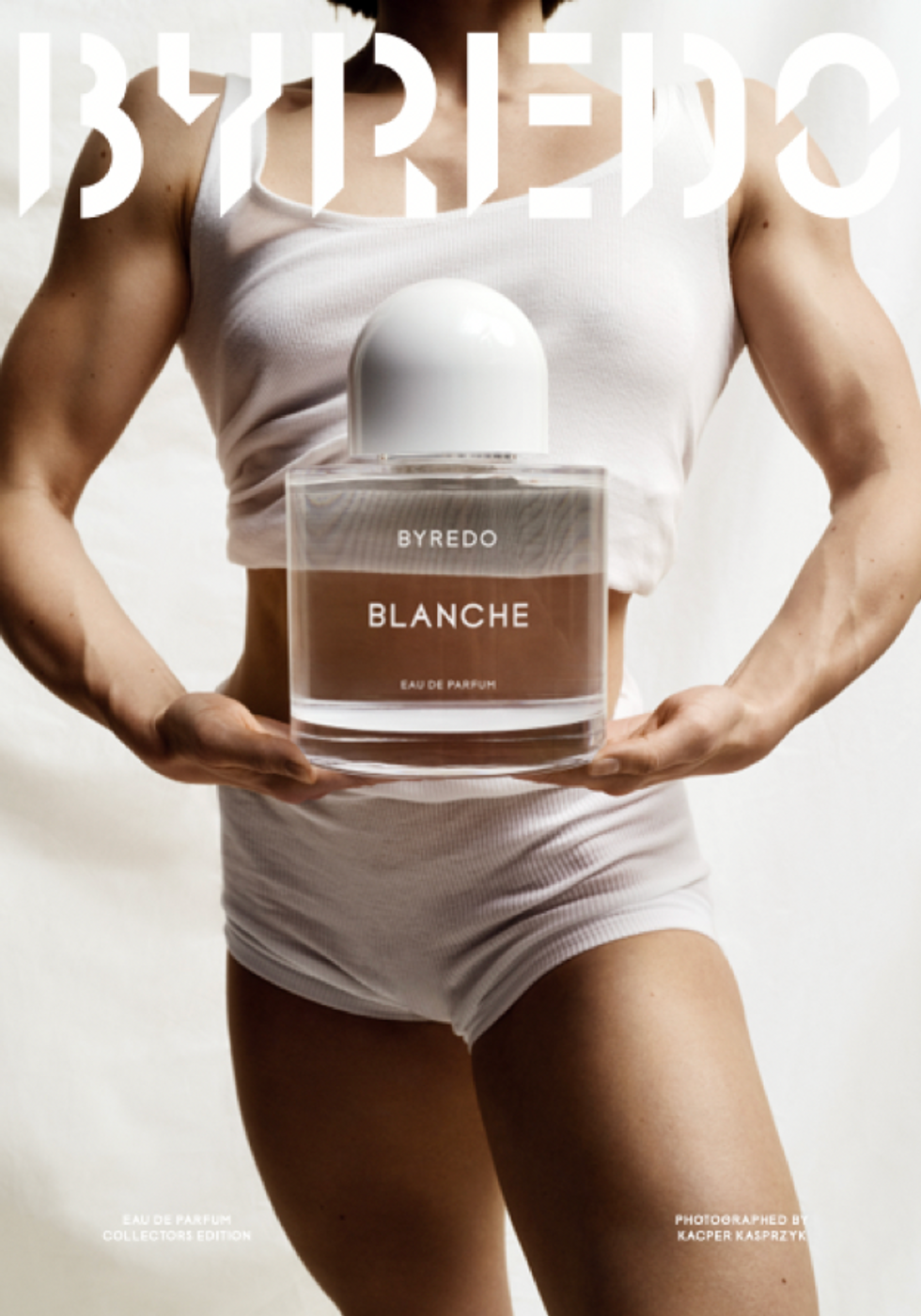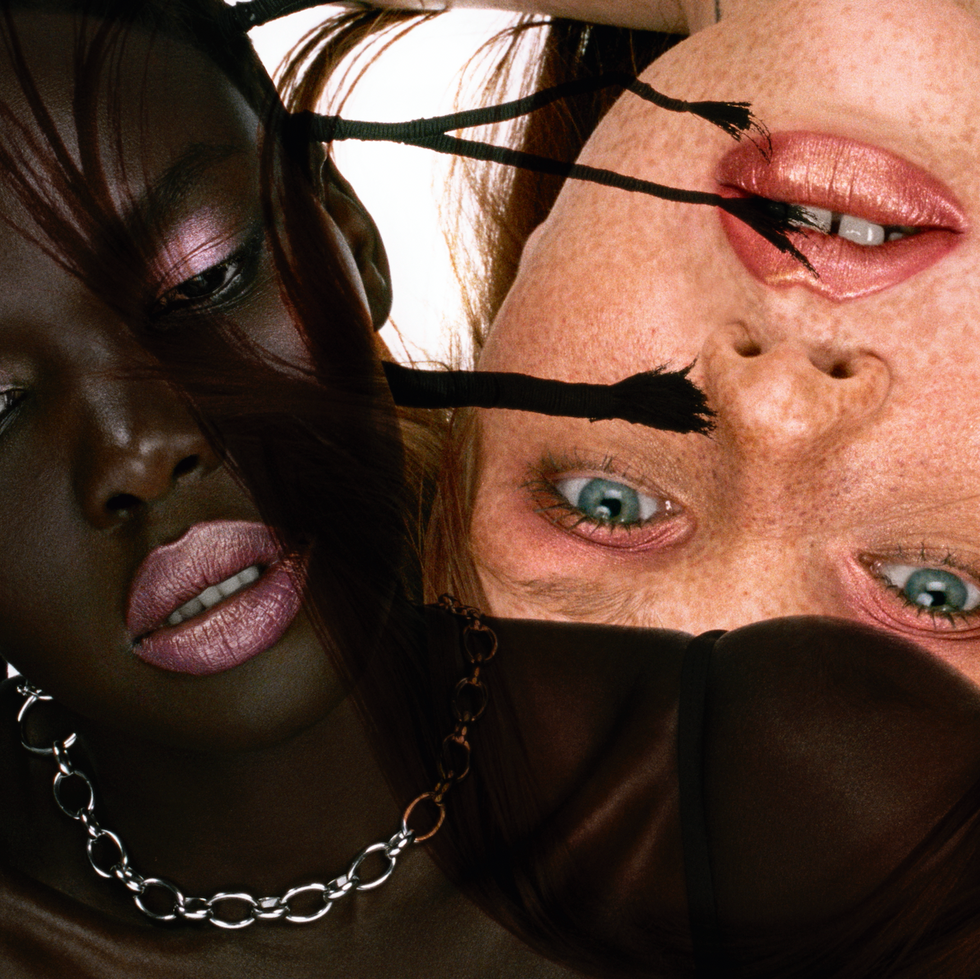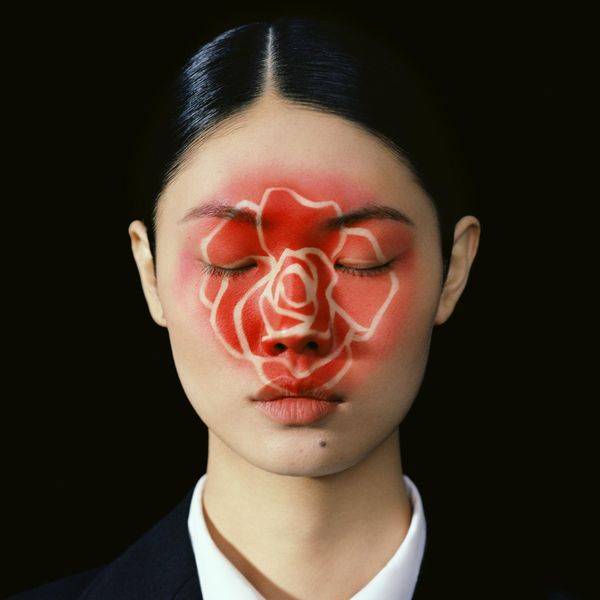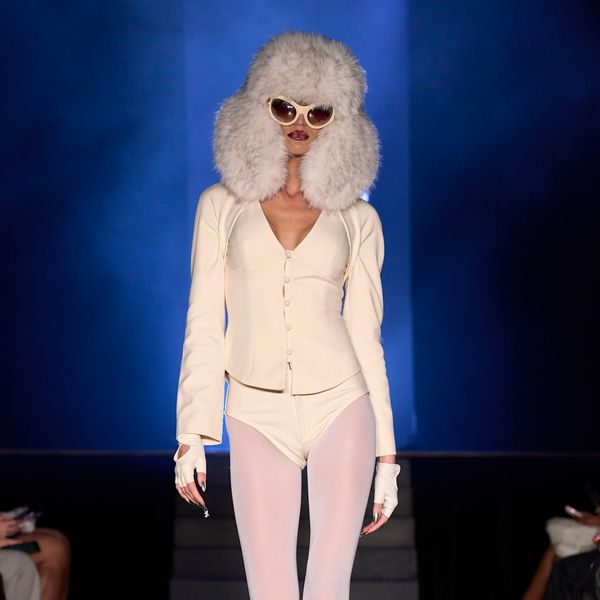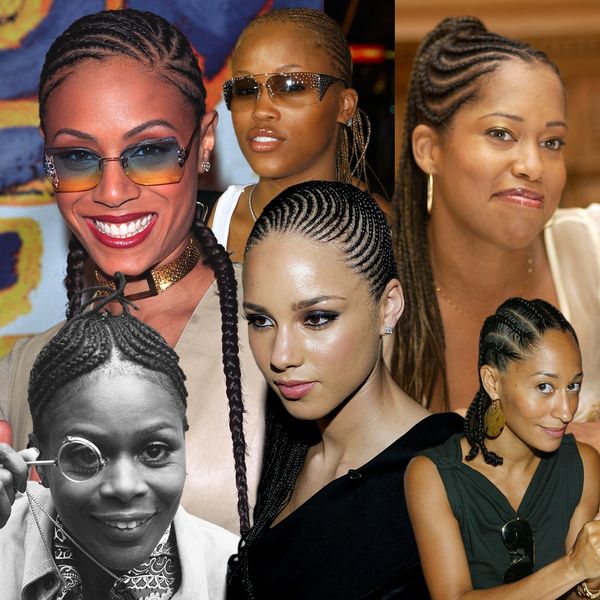The Man, the Myth, the Legend: Inside the Mind of Byredo’s Ben Gorham
The founder and creative director gives us a glimpse into his creative process, influences, and future plans for the brand.
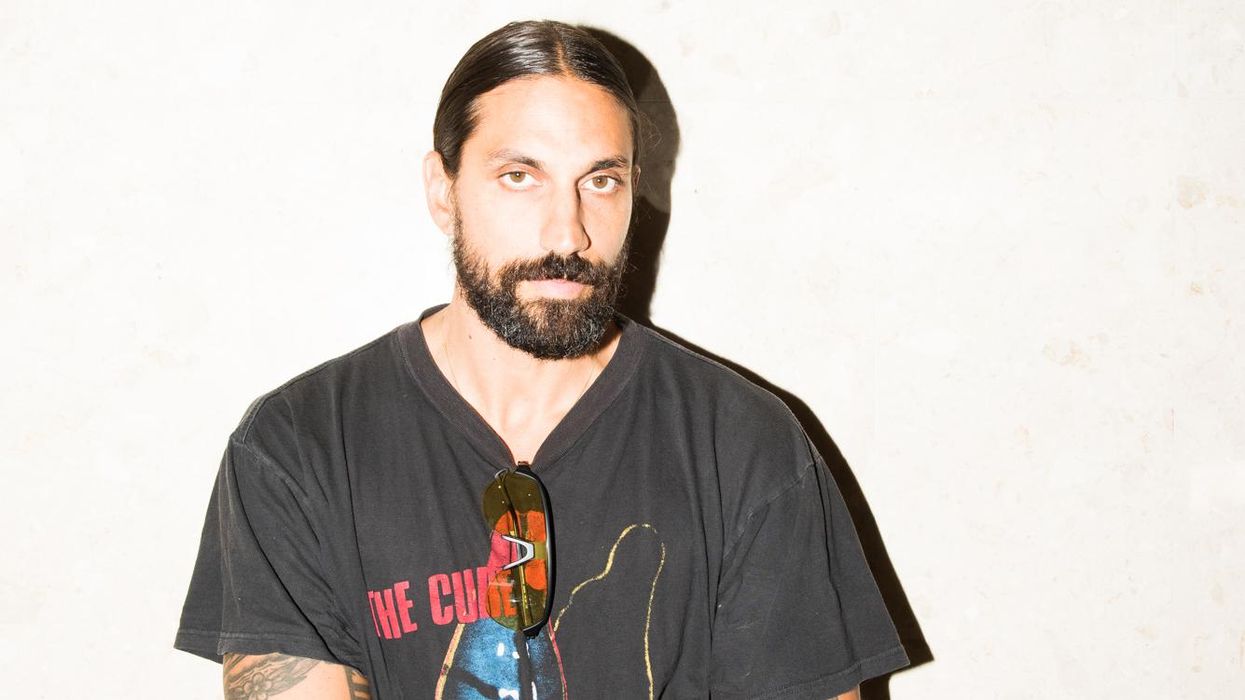
The word "sprezzatura" is basically Italian for never letting someone see you sweat; it's an ambiance of nonchalance that's required for artists in order to conceal the amount of labor that's gone into their masterpiece in order to make it look effortless to viewers. Writer and director Michaela Coel wrote 191 drafts of her HBO show I May Destroy You. Poet Donald Hall stated that he revises his pieces up to 300 times. Beyoncé prepared for her Coachella performance with 11-hour rehearsal days. The repetitiveness required to create great art is also seen with athletes. (Kobe Bryant was known to make 2,000 layups a day during the off-season.) In fact, some might say that an athletic physicality, in addition to artist sensitivity, is required to create art at a high level. In an interview with The Paris Review, writer Haruki Murakami says, "When I'm in writing mode for a novel, I get up at four a.m. and work for five to six hours. In the afternoon, I run for ten kilometers or swim for fifteen hundred meters (or do both)."
Much has been made about Ben Gorham, the creative director of Byredo, and his former life as a professional basketball player, as if the two are incompatible. But the sense of drive and intensity is a common thread that ties together those two parts of his life. During our interview, Gorham told me that every Byredo product we "see on the shelves has gone through about 150 different iterations." But there's a quiet and stillness necessary to be able to pour that amount of effort into one's work. Ben lives in Sweden with his family, it's isolated location providing something similar to that of a permanent artist residency, giving him the space he needs to focus on pushing the creative boundaries of the brand. For example, when Byredo launched the fragrance Mixed Emotions earlier this year, Ben and his team reached out to director Fenn O'Meally to create a 17-minute short film to express the sentiments driving the scent.
Developing beauty products and leather goods involves a bit of magic and myth-making, which isn't too different from the myth of Ben himself. He identifies with being an underdog, no matter how big Byredo gets. Raised by a single mother, he thought he was going to be a basketball player until visa issues proved to be too large an obstacle. At 25, he felt a sense of loss that many former athletes are familiar with once the thing that consumed every minute of every day vanishes. As the legend goes, Ben worked long hours on construction sites before enrolling in the Stockholm Art School, studying everything from painting to history to photography. A chance encounter with the perfumer Pierre Wulff in 2004 led him to connect with two of the most influential noses in fragrance today, Jerome Epinette and Olivia Giacobetti, who helped the 6'5 former basketball player with tattoos scaling the length of his arms develop Byredo's first fragrance, Green. Now, the brand is said to have generated more than $100 million in sales.
Over Zoom, with his dog, Nacho, making guest appearances, Ben and I discussed his creative process, how Michael Jordan influenced the launch of Byredo Makeup, and how he maintains the brand's authenticity and commitment to luxury as it continues to scale.

I was reading a Janet Malcolm essay about the journals of Sylvia Plath. There's an introduction in the journal where Ted Hughes, Plath's husband, states that when the real self finds language and manages to speak, it's a dazzling event. It immediately brought to mind the process of creating a fragrance. How do you know when you've found that spark? That you've created the emotion you wanted to evoke?
"You know, it's an emotional process. It's one that's hard to define, in all honesty. It's somewhat different every time I embark on that. When you do know, you just know. You feel it. I think what I do get better at over time is communicating because my process is collaborative. I work with a perfumer and then I work with my creative teams to develop the image and the packaging."
You did an interview where you mentioned that you'd take pages and pages of notes during your travels. How do you take those written notes and those memories, transform them into a fragrance, and then morph it back into a written form in order to communicate the scent to the consumer?
"So, the journal is crazy long, right? Because it's a cumulative work of 15 years of my thoughts. A lot of times, it's just words. Sometimes, they're more developed ideas, but I try to be intuitive in the way I work. And not just with fragrance, but also with makeup, furniture, fashion, accessories. I think when an idea is strong enough, it sticks with me. I have this obsessive compulsion in my work and when I start to obsess about an idea or explore it, that usually when it makes it out of the notebook into a brief or a tangible project.
"I feel like when you think about something long enough, you develop it intellectually. And then at a certain point, you feel like this is worth exploring in the physical capacity. That's when I sit down and create an actual brief. From the second I put an idea on paper, my intent is to realize it."
Oftentimes, artists are told to follow their obsessions. What are some of your personal obsessions. and how do they make their way into your work?
"I'm interested in how people live today; maybe that's a byproduct of the age, this need to feel connected to others. Culture was always one of the things I've always been interested in on a personal level and maybe that's because I come from a multicultural background, and I moved around a lot when I was young. But I've always been obsessed with cultures and subcultures and movements, trying to understand what's driving people and how people relate to their surroundings.
"I really try to go outside of what's close to me. I often think about the evolution of a brand. This brand is founded on the idea that it's going to change over time because the world changes. So, I try to keep an open mind to how things change, and I pride myself in keeping up with these different cultural facets."
As you're evolving, how do you still remain authentic to the brand's core ethos?
"I can go to Paris and see an exhibition. It can be popular and there may be tons of people talking about it, but if it speaks to me on an emotional level, I feel like there's a touch point there in what we do. I also think the narrative of this brand is that even though there's a clear connection to a singular vision, it's really a result of collaboration. It's been like school for me and it still feels that way 15 years later."
What are some books, magazines, or works of art in general that have spoken to you emotionally this past year?
"Definitely, Instagram."
Oh, interesting. How so?
"I just think social media has become such a big part of our life. I do realize that it doesn't represent the whole truth, so I try to have some distance from it.
"I don't read a lot of books because I'm dyslexic; I've never been a good reader, which I'm quite sad about. But I watch pretty much anything. People would be shocked by some of the stuff I consume. I'm really interested in people. I have two children and our eldest daughter is going to be 13 soon. I want to understand her cultural world as much as I can, what she goes through, and how she sees things. I try to engage on many different levels, be intuitive as possible, and hope my sensibility guides me to make products and to tell stories that people relate to."
I was reading a profile on Alessandro Michele in Vanity Fair, and he talks about how he watches Big Brother VIP and how people might be surprised about that fact. But he goes on to say that he's not a snob; he wants to consume everything that's out there. I feel like you share a similar mindset:
"With the kids, I realized relatively quickly that they're growing up in a unique world and I need to embrace that. It's not so different from understanding clients and consumers. So, I guess like Alessandro, I do have an open mind. I haven't tuned into Big Brother VIP, but I'll have to look it up after this call."
I feel like participating in social media involves a lot of performance. And so does fragrance and makeup—you're putting on a persona for the day. Being an athlete also involves spectacle. How did your experience working as a professional basketball player translate into your work now as a creative director, in terms of performance?
"At first, I don't think I acknowledged the synergies between those two chapters of my life because being an athlete and growing up in the States and in Canada, the idea of an athlete transitioning into a creative field was kind of non-existent.
"So I believed in order to make that switch, I had to suppress my previous life. I separated them very much in the beginning, and it wasn't until much later that I started to understand this idea of discipline and competing is something that lives within me.
"I had a call with somebody the other day and I made the point that Michael Jordan was directly responsible for the success of Byredo Makeup. People were like, 'Oh, that's a bizarre thought,' but there is so much truth in that because I obsessed over that launch. A lot of the values and worth ethic that I learned from seven-years-old, when I started playing basketball, guided me into my twenties and then towards founding a brand. It all came from my idol Michael Jordan. I'm an intense competitor and that propels us forward. You know the idea of him being cut from his high school basketball team—"
Wait, wasn't that a myth, though?
"That's the story they told, so that's the one I ate. And then the intense work he put into his craft and then growing six-inches over one summer. I really held onto those ideas. So when it comes to the performance piece, there's an alter-ego that all athletes have when they play. People talk about the duality of a person off the court and then on the court. I think there's an element of truth in that when it comes to my relationship to Byredo. I'm the leader and the visionary for the company, but in my house, for instance, my wife is the leader and my daughters think I work for them. So, I play these roles and sometimes they're very different."
I used to play tennis in high school. and I remember how it was necessary to take your brain to a different place and tune everything and everyone out in order to succeed. I know you've mentioned that the brand is very collaborative, but are there moments where you feel you need to block out the noise in order to hone in on your craft?
"Yes, definitely. My belief has always been that I need to build a solid foundation to be able to do this work for a long time. So zoning out or not engaging with the outside world has been an important component for me. I'd also probably say living in Sweden and the physical isolation that comes with living in Northern Europe has also helped me. I'm able to go to New York and Paris and engage socially and culturally, but then I can come back here where I'm relatively siloed.
"What you mentioned about honing your craft, in my opinion, is the most valuable currency at the end of the day. I take a lot of time into making sure that we're making an exceptional product that has a real reason for being, and sometimes that rhythm is slower than the pace of social media or fashion or popular culture. But I'm still betting on the fact that slower pace leads to greater thoughtfulness, which is better for the brand in the long term."

So you're an intense competitor, but you don't want yourself, or the brand, to burn out too quickly. How do you balance those contradictions?
"It's hard. I try to take ego out of the equation because it's me vs. me when it comes to competition. If I'm measuring myself against someone else, I'll easily lose focus on my overall goal. It's also the idea of the sprint versus the marathon. If I have an isolated understanding that building Byredo is a marathon, it makes it easier.
"I think experience is valuable in that sense. You start to see these patterns and you understand that anything that goes up too fast comes down that way, as well. I embraced these kinds of values relatively early.
"When I started 15 years ago, luxury was not inclusive. I remember walking into the Hermès stores in Paris for the first time and people staring at me and feeling like I don't belong there. I remember the notion of luxury being completely disconnected from a large part of the world. Even though I shared similar ideals of slow growth and high quality and craft when I started, I truly felt that Byredo could be a new version of luxury. It wasn't a notion that people accepted back then; it was something I had to fight for."
Don't you think that a little bit of exclusivity needs to be involved when making luxury goods? Because, at least for me, if everyone has something, it kind of turns me off of it. So, how do you still make these products feel special?
"I think it's easier with beauty and with fragrance, which is essentially invisible. Technically, everyone in your building could be wearing the same Byredo perfume, but it would smell different on each person.
"I don't think the notion of luxury has one definition, but I think if you continue to make quality goods across the spectrum of products that you create, it gives people different touch points and allows people to develop individual relationships to your brand, even if it reaches a certain level of scale."
With Byredo's aesthetic, packaging, and formula, I feel like recently, I've seen brands copying it or taking from it. How do you continue to stand out amongst all of these emerging imitators?
"There was a brief moment of flattery and then it became pretty annoying. But I started to realize that, again to my first point, that intellectually, if I could evolve it, it would just be copies. I'd always be the one with the vision driving the trends.
"There's also the competitive factor that shows up again. If everyone's making a candle that looks like that, then I guess I have to make a candle that is even more unique. That's the endless part in critiquing your own work. You're asking yourself, 'could it be better? Can I improve these things?' The existing products that you see on the shelves have gone through about 150 different iterations.
"The harder part is counterfeiting. When you reach a certain level of success, people start to create fakes and sell them. It's wild, but you know, it comes with the territory."

